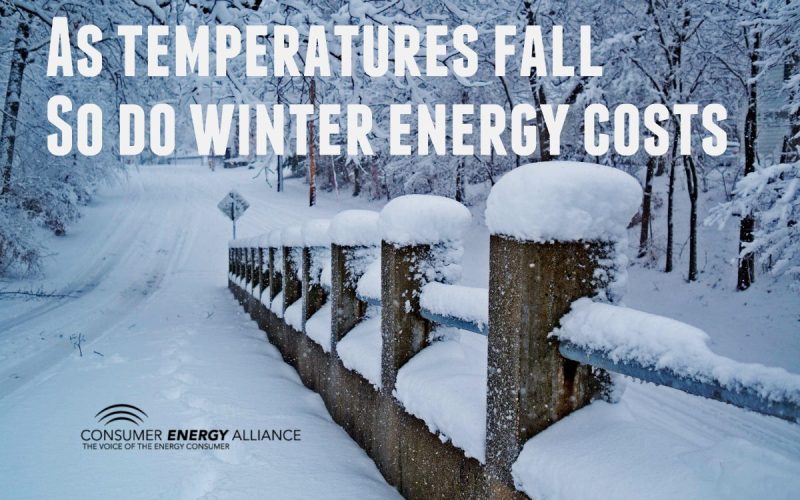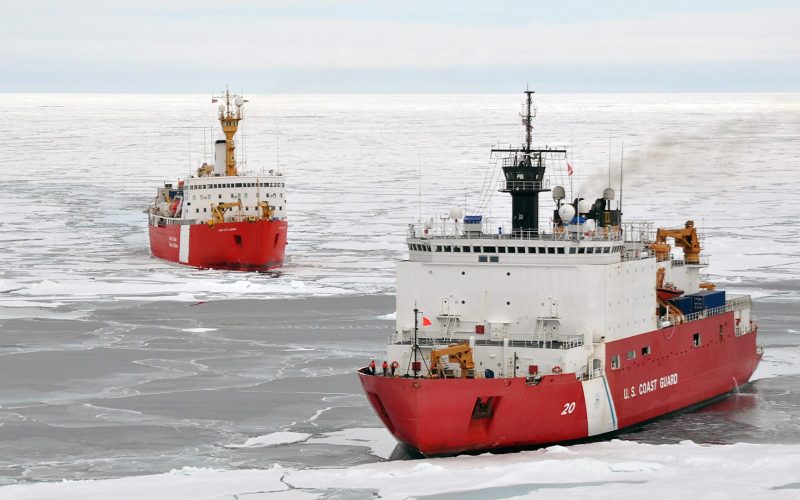THE VOICE FOR THE ENERGY CONSUMER

On Tuesday, October 20th, Consumer Energy Alliance hosted a Washington, DC screening of its original film ‘Pipeline Pioneers’ in the Senate Energy and Natural Resources’ Hearing Room. The short film,.
HOUSTON – Consumer Energy Alliance (CEA) is pleased to welcome Vaan Gaskets as its newest affiliate member. Vaan Gaskets is a growing manufacturer and distributor headquartered in Houston, TX that.

Add this to the list of things to be thankful for this coming Thanksgiving. Thanks to America’s ongoing energy revolution, American consumers no longer have to break the bank when.
In response to today’s announcement by the Interior Department that it has canceled two previously scheduled Arctic offshore lease sales and rejected two requests to extend current Arctic offshore leases,.
Michael Whatley, executive vice president of Consumer Energy Alliance, tells KMTV in Omaha, Neb., why his organization supports the construction of the Keystone XL pipeline – and why it’s time.

HOUSTON – Consumer Energy Alliance (CEA) President David Holt and CEA-Alaska President Anne Seneca issued the following statement today in response to Shell’s announcement about its exploration activities offshore Alaska:.

Consumer Energy Alliance today hosted the 2015 Atlantic Energy Forum in Richmond, Virginia, featuring Abigail Ross Hopper, Director of the Bureau of Ocean Energy Management and other distinguished panelists. The.

As fall takes hold and Americans start to think about cold winter nights, the Energy Information Administration (EIA) projects that low oil and gas prices this winter will bring consumers’.
HOUSTON – Consumer Energy Alliance (CEA) is pleased to welcome NextOp as its newest affiliate member. NextOp serves our nation’s hardworking veterans looking for careers in the energy industry by.

[bq]”The very concept of Alaska’s statehood is predicated on the development of our natural resources.”[/bq] Consumer Energy Alliance’s Alaska chapter this week signed on to a letter to President Obama.